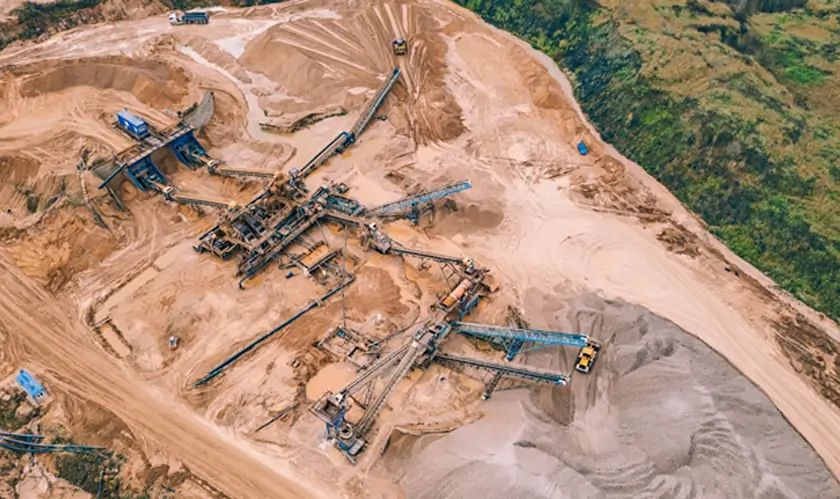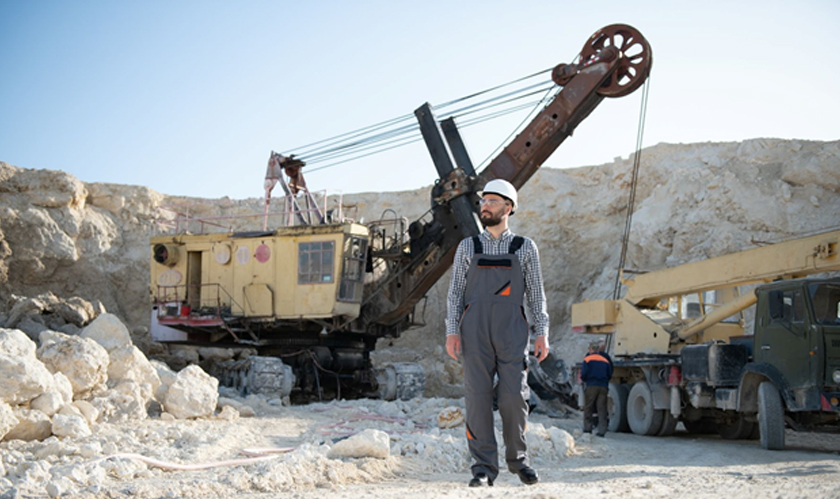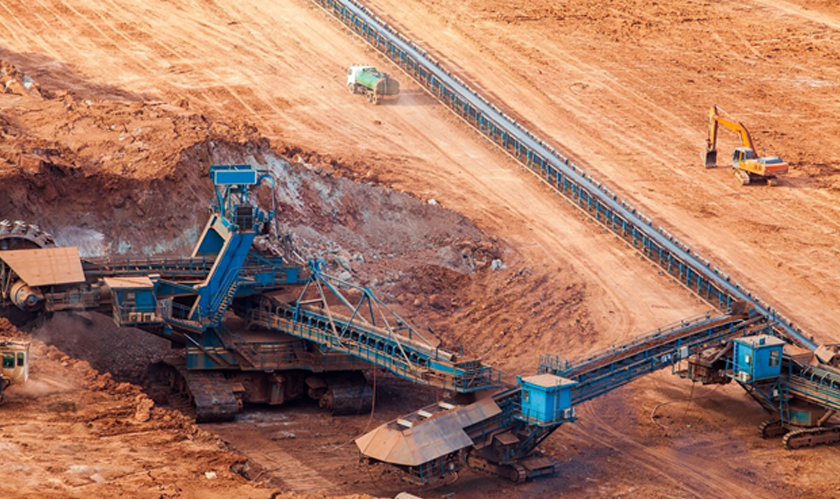Home Industry Metals and mining Powering Australia's Mines: Th...
Metals And Mining

CIO Bulletin
15 April, 2025
Australia’s mining industry is a cornerstone of its economy, with experts estimating that the sector contributes approximately 10% of the nation’s annual GDP, raking in over $349 billion as of December 2024. The sector has always relied on diesel generators and other fossil fuels to power heavy machinery and transportation, but with societal shifts moving towards prioritising environmental sustainability and reducing carbon emissions, Australia’s mines are transforming their operations. The big focus? Electrification.
Looking to the future, most will agree this change is almost inevitable, and almost all players in the mining industry will embrace the change at some point. From what we can see right now, the innovative stride towards electrification in Australia’s mining industry is already taking place and shows no sign of stopping.
The growing trend of environmental consciousness and emphasis on sustainability is playing a significant role in the mining electrification discussions occurring in Australia. Government authorities are enforcing strict environmental policies and, hence, are helping to transition mining operations towards being electrical-powered rather than using traditional diesel methods.
Australia’s Environment Protection and Biodiversity Act (EPBC Act 1999) is the primary legislation that helps enforce rules and initiatives of lowering carbon emissions and switching to more environmentally friendly alternatives, as well as the nation’s pledge to achieve net-zero carbon emissions by 2050. On top of that, added pressure towards environmentally friendly solutions is enforced by the United Nations, who further push incentives for transition towards electrification through sustainable development goals. Goals such as SDG 7, 13 and 15 advocate for clean energy, climate action and responsible production and consumption.
As mining enterprises seek to transform their operations to follow laws, electrification has emerged as an effective solution to the major carbon emission problem they face. Electrification has grown in appeal as a strategic solution as it could significantly lower carbon emissions while providing the same capacity and efficiency in production and operations. Seeing the value proposition, the adoption of electrification reassured mining operators as they can comply with regulations and expectations, all without detriment to their productivity and output.

Another factor that supports the electrification of mining is one dear to the hearts of business owners—cost. While global trends towards environmental sustainability ensue, large-scale mining enterprises are also looking for ways to reduce costs and improve their profit margins. This is among the aspects where electrification outperforms the current traditional means of using fossil fuels to power operations—it’s more cost-effective.
Electric vehicles and equipment are, in fact, generally cheaper to operate and maintain than traditional diesel options. They’re known to require less frequent maintenance and, therefore, come with lower maintenance costs, too. Research conducted by the Electrical Mine Consortium: 2020 to 2024 found that electric-powered mines, in general, operate with 56-88% lower expenses than their diesel-dependent counterparts. Further studies suggest that the total cost of ownership of electrical vehicles is roughly 15-20% lower than diesel-powered trucks, promising improved bottom lines for mining operators that already incur large operational costs.
In Australia, this has also been proven in some cases. Particularly, the mining services group Perenti, in partnership with ABB - a Swedish tech firm conducted a study with Perth-based mining company IGO Ltd. Testing the feasibility and reliability of battery electric vehicles (BEVs) that were introduced into the mine, they found that the electrical vehicles possessed superior cooling capabilities that helped offset additional power from diesel powered trucks. Although inherently more complex to manage, they demonstrated in their study that BEVs can deliver cheaper outcomes than their counterparts, which translates to improved cost savings for mining businesses.
The aspiration for businesses to innovate and transform is another key driving factor towards the electrification of Australia’s mining industry. From what we’ve seen so far, the cost-effectiveness of electrification, innovation towards battery technology and electric-powered machinery have made these businesses more efficient, delivering superior performance output compared to diesel-powered counterparts. Achieving superior production levels is always prioritised for companies to expand their operations, revenues and maximise profits.
In Perenti’s study on Perth’s AngloGold Ashanti’s Gold mine, as mentioned previously, their research revealed that electrical-powered heavy-duty vehicles that were tested as prototypes performed more effectively than diesel-dependent trucks, operating 25% faster but producing 80% less heat. Electrified vehicles that incorporate technologies and advancements that lead them to perform better will likely become the more popular preference over time for mining operators aiming to boost their output and remain competitive in the industry.

A new technology or way of doing things will, of course, not come without associated risks that need to be considered. Whilst electrified operations in mines may promise benefits such as cost effectiveness, superior performance and being environmentally friendlier, the complexities in facilitating them as a newly introduced technology may provide new challenges to mining operators.
For instance, initial investments required to successfully integrate electric vehicles and their required infrastructure, such as charging stations and battery support, can be much higher than diesel vehicles, despite them being cheaper to operate. The scarcity and price of lithium for batteries don’t help and may further draw mining operators away. With the technology relatively new as compared to diesel-combustion engines, this may make electric solutions insufficient to satisfy demands of current heavy-duty vehicle roles.
In addition to facilitating battery technology, the electrification of mines will also require systems of automation and algorithmic-derived programming to ensure smooth operations—all of which adds to the complexity during the start-up phase. A moment where operators are trialling electrification will determine whether or not it’s feasible to move forward with such transitions.
Regardless, the opportunities of cost savings and superior performances in productivity, efficiency and reliability may likely convince owners to take on additional investments and address the higher start-up costs. Aligning themselves with environmental regulations and expectations allows them to contribute to the ultimate goal of decarbonisation. Each mining company will eventually have to decide on making the transition to electrification at some stage down the track. Regardless of when that is, electrification in the mining industry is a phenomenon that is progressing and will continue to make an impact in the future.







